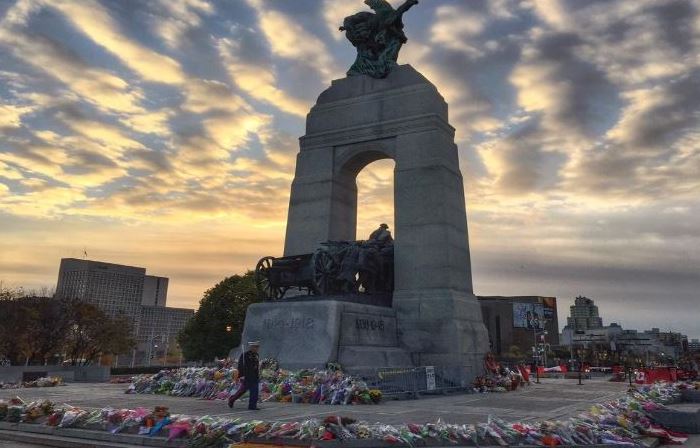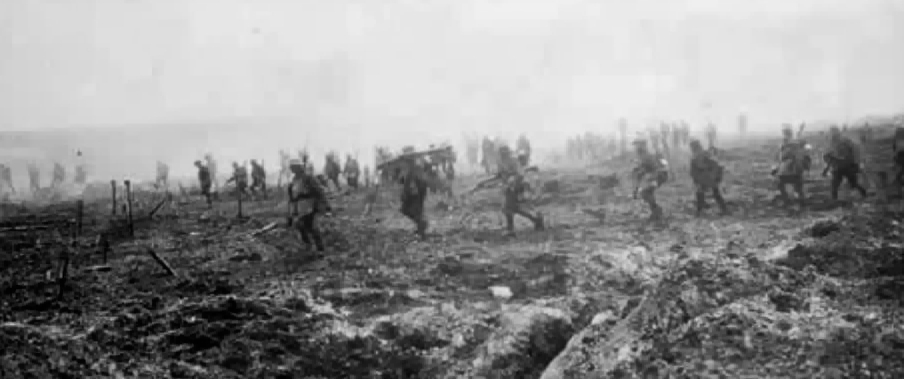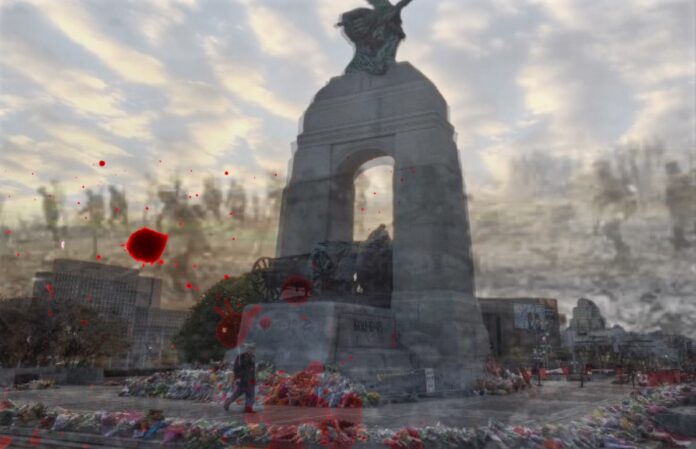Canadian Special Forces
What happened at the 2014 shooting at Parliament Hill, Ottawa?
Details about the tragic shooting and unanswered questions to this day.
Still to this day, questions arise about the terrorist attack that occurred in October 2014, at Parliament Hill, Ottawa. Were Canadian authorities well prepared to respond to a terrorist attack? Is the Canadian Army training and preparing soldiers properly in the event of such an attack? Are we doing enough to prevent terrorist committing violent crimes? Cocaine Company is investigating the storyline of this tragic event.
On October 22, 2014, a little before 10 AM, Micheal Zehaf-Bibeau, a 32-year-old Canadian man, arrived at the Tomb of the Unknown Soldier, he fatally shot, and killed CPL Nathan Cirillo, a reservist who was on ceremonial sentry duty. CPL Cirillo, like all other sentry officers, was not carrying a loaded weapon, which is questionable due to the nature of their duty. Zehaf-Bibeau was carrying a rifle gun and shot at two other officers on duty, which were not injured.
As witnesses reported, he pulled down his face covering scarf and yelled; “For Iraq !”. He then drove his car by Parliament Hill, abandoned it, ran through a gate and proceeded afterwards to carjack a parliament car and went over to the Centre Block of the parliament. He then pushed his way in by shooting an RCMP officer in the foot and was pursued by multiple other RCMP officers. He entered the corridor of the building and went to hide in an alcove, located by the Parliament Library. Close by was Sergeant-at-Arms of the House of Commons, Kevin Vickers, a retired policeman. He was able to locate and shoot the victim, with a 9 mm firearm, from a distance. As the other RCMP officers were shooting towards the attacker, around 30 to 50 gun shots were fired at that time. Zehaf-Bibeau was then pronounced diseased after the shootout. A major lockdown of Ottawa’s downtown core was announced after the event in order to find a possible second shooter and evidence.
This question remains; Does Zehaf-Bibeau acted all by himself, with the help of friends, or with a terrorist group, which he claimed he belong to? The only thing we now know is that he was accompanied by 2 men before the shooting. How can a homeless man and a drug addict, with mental health issues, was able to find and purchase a firearm, purchase a car the day before and plan this attack all on his own. Zehaf-Bibeau was a recurrent felon, with several criminal offences and he was strictly prohibited from possessing a firearm. He might have been possibly in contact with some jihadists online, which is a common occurrence for people who convert to their beliefs and to the religion of Islam, which he adhered to.
Zehaf-Bibeau was guided by his ideology and had the motivation to execute an act of terror. He was also waiting on his Canadian passport application, so he could travel to the Middle-East and apparently join forces with rebels in Syria. The passport application, which seemed to be put on hold, was a great frustration for him. He was out for revenge and his ideology was clear: to eradicate any form of governmental authority.
This man was also producing videos about his desires to kill and to fight for Islam. Let’s note that Zehaf-Bibeau’s name was not present on the list of the RCMP 93 extremists suspects, although he was in contact with one of them. If the government or RCMP would have kept a closer look on him, and gather all of the information on his past criminal records, computer material, contacts and travel plans, maybe he could have been stopped on time. Also, if the witnesses aware of his strange, anti-Canadian and erratic behavior would have mentioned their concerns earlier, maybe this tragic event would have been prevented.
Another question that remains: Is the government prepared to respond to events like these? First, there is a lot of room for improvement, as the soldiers on duty were not properly trained to respond to domestic terrorist attacks and did not possess the proper arms to protect themselves. Unfortunately, this resulted to unnecessary deaths and losses. Here below we can see the National Memorial of War, where the fatal shooting took place.
 Source: Twitter account BIG FRIENDLY CANUCK @6foot8cdngooner
Source: Twitter account BIG FRIENDLY CANUCK @6foot8cdngooner
The history of Canada is filled with war heroes and tragic stories of men who lost their lives in the battlefields, in the name of our freedom. As much as we are grateful and appreciative of their courage and sacrifice for us, a country like ours, who protects and helps other countries in time of need, should be capable of protecting its own citizens and land first.
Improving Canada’s security starts with providing more resources to people in crisis with mental health and encouraging people to react quickly at the first signs of violence, abusive behavior, and any kinds of threats. We can also train efficiently and prepare our soldiers in the event of a shooting and reinforce security with proper loaded guns. Also, as social medias are becoming increasingly popular for sharing opinions and videos, they can also be a tool to promote violence, guns, threats, and terrorist ideology, which are alarming and must be watched closely by authorities. This way, we can make Canada a safe place again.
“Canada Under Siege: The Story of the 2014 Parliament Hill Shooting”
- “The Day Canada Changed: Examining the 2014 Attack on Parliament Hill in Ottawa”
“Why the Tomb of the Unknown Soldier Matters: A Closer Look”

The victory at Vimy
The victory at Vimy was a defining event for Canada, considered by many contemporaries and later scholars to be a significant event in Canada’s progress to full independence from Britain.
The Canadian Corps were to capture the German-held high ground of Vimy Ridge, an escarpment on the northern flank of the Arras front. This would protect the First Army and the Third Army farther south from German More
Next on Interview: Canadian Special Forces. Is the Canadian Forces Ready to Combat Terrorism and Safeguard Our Nation?



